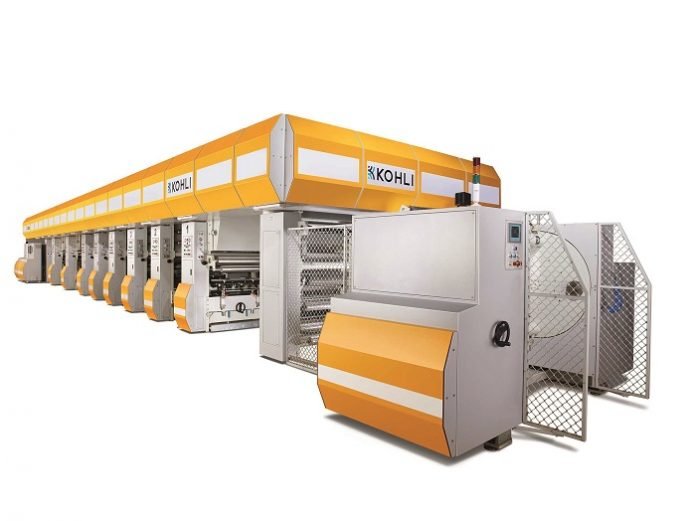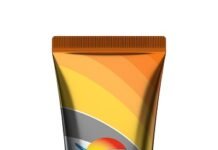
Kohli Industries, for over 40 years has been a leading manufacturer of rotogravure printing presses, laminators, coaters, slitters and rewinders. Delivering practical solutions to the ever-changing demands of the industry, the company focusses on the needs of converters to design and deliver machines that are operator friendly, environmentally aware and cost-effective. Based in Western India, Kohli has been a frequent and successful exhibitor at
major international exhibitions including drupa. It now has installations of its equipment in more than 25 countries.
The preparation of gravure cylinders and their quick mounting and changing of these on press for short-runs is a major challenge faced by gravure printing. Gravure is not easy to
even imagine as being sustainable or economically viable for short print runs.
Understanding this need gap in the market and in order to widen and extend the superior quality features of gravure reproduction, Kohli Industries has introduced Thea, its new
gravure printing press specially designed for very short, short and medium print runs.
Minimum downtime and wastage
Thea offers the fastest job change and quickest makeready, saving hours of downtime and manpower by employing a shaftless mounting system for print cylinders. Quick pre-register during start up and accelerated register correction during speed changes and splicing enable consistent print quality and very high register accuracy. There is a computerized recipe management tool that allows print jobs in memory to be set up instantly, saving precious time and reducing startup wastage of expensive materials.
Flexibility with multiple widths
Another unique feature of the Thea gravure press is its flexible capability of using multiple width print cylinders and ink trays, saving on high cylinder costs and consuming less inks
and solvents than oversize cylinders for smaller width substrates.
Production costs are kept to a minimum by optimizing the power ratings of all the motors and recirculating heat from exhaust air which saves on ever-increasing energy costs. Another feature is the continuous calculation of energy, water and air consumption allowing online monitoring of production costs.










